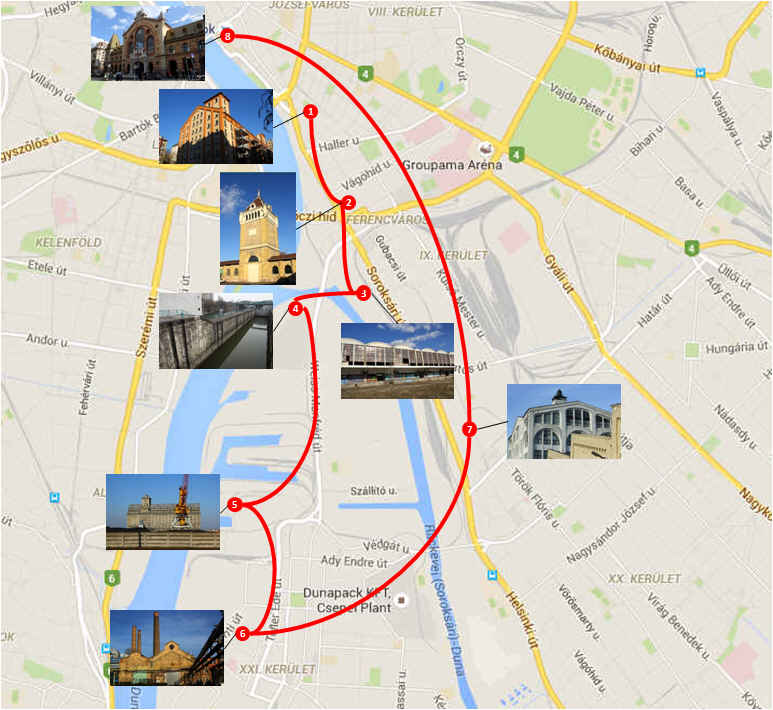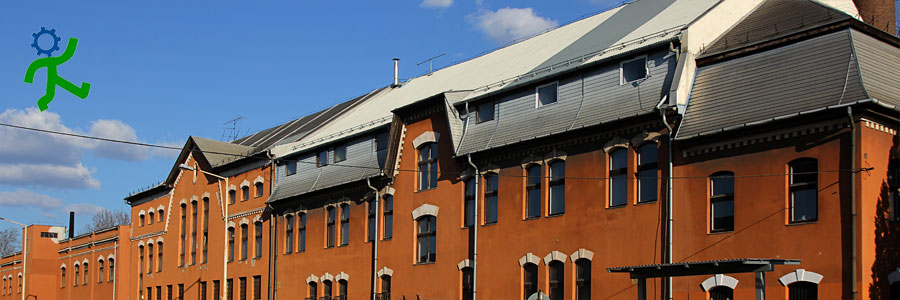Standard Tour
Book NowItinerary
We pick you up at your hotel, or meet at an agreed place. 1) First we visit Soroksári út in South Budapest, where five steam mills were operating and we can still see the buildings of three mills Gizella, Concordia and Hungária. We learn about Hungary’s milling industry which was our most prosperous industry in the 1870-ies. 2) Then we will visit the impressive Cattle Slaughterhouse built in 1872, and hear about food safety reforms of Budapest of the era and will also see the lonely water tower of the demolished Pig Slaughterhouse. 3) From here we will travel to the Wholesale Market which is an imposing building with its 10,000 square meters size and its revolutionary thin-skin structural framework. 4) Soon we will cross the Danube and will arrive to Csepel Island. First we see the lock and learn about the floods of Budapest and the reasons of Danube regulation. 5) Driving a few kilometers South, we will see the Petroleum Basin of Csepel Freeport and the huge Granary able to store 35,000 tons cereals. 6) Then we will visit Csepel Works and hear about how the Jewish entrepreneur Manfréd Weiss became the largest military supplier of Hungary within two decades, what happened to a factory owned by a Jewish family in the WWII and how the factory became the icon of socialist industry after the World War. We also see the bunkers in Csepel Works and houses built for the management. 7) From Csepel we drive back downtown but will stop at the Arms Factory and will make a short walk in this noteworthy complex. 8) Then we will travel to the Central Market and Liberty Bridge and learn about the logistics, customs, and warehousing in Budapest in the first half of the 20th century and the bridges of Budapest. We finish the tour in the Central Market Hall or at your hotel.
Interactive Map















